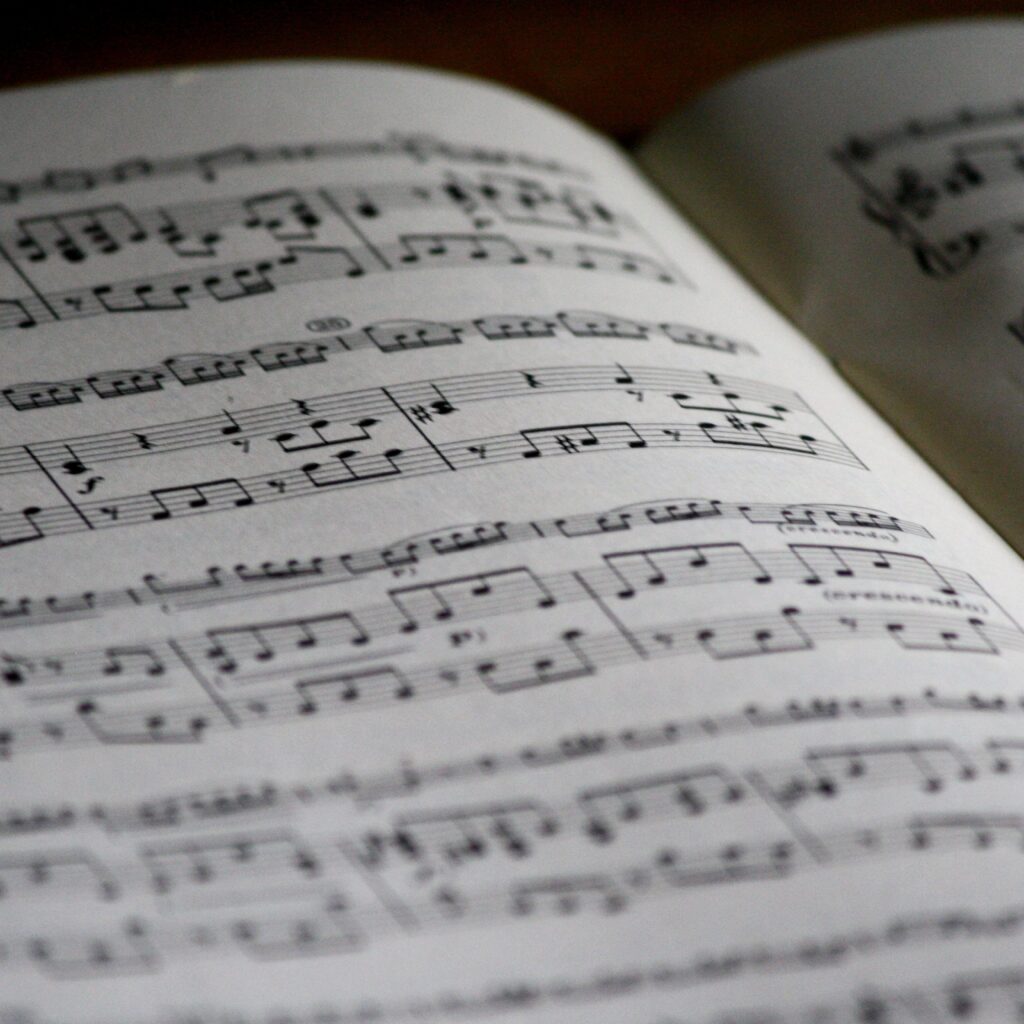If you’re asking “what are piano key signatures?”, you’ve come to the right place. This guide will walk you through everything you need to know, from the basics to how to identify them, all in an easy-to-understand manner.

Table of Contents
What are Piano Key Signatures?
Key signatures are more than just a collection of sharps or flats; they’re the DNA of a musical piece, the foundational elements that define its structure and mood. Found immediately following the clef symbol at the beginning of a sheet of music, key signatures use sharp (#) or flat (♭) symbols to indicate which notes should be altered for the entirety of the piece unless otherwise directed. This means if you see a sharp symbol on the F line, every F in the piece will be played as F# unless indicated differently by other musical markings, like naturals or accidentals.
In essence, key signatures provide the basic rules for the game of the piece you are about to play or analyze. When you recognize the key signature, you instantly know more about the piece’s fundamental scale, whether it’s major or minor, and its tonal center. This information helps shape your interpretation and emotional rendering of the music. Thus, understanding what piano key signatures are is tantamount to having a roadmap that guides your journey through the musical landscape.
Why Are Key Signatures Important?
The role of key signatures in music theory and practice is so foundational that it’s hard to overstate their importance. They not only dictate which notes will form the basis of your musical dialogue but also offer a framework that influences melody, harmony, and even the emotional tone of a piece. For instance, different key signatures can make a piece sound happy, sad, urgent, or relaxed.
Without an understanding of key signatures, you’re essentially navigating a musical maze without a map, which increases the likelihood of hitting dead ends or getting lost—metaphorically speaking. When you don’t observe the key signature, the results could be jarring dissonance or even an incorrect rendition of the piece, akin to misunderstanding the directions in a recipe and ending up with an inedible dish.
Moreover, key signatures are universally essential, affecting everyone involved in the music-making process, from composers and arrangers to performers and conductors. For composers and arrangers, key signatures help in crafting the mood and complexity of a piece. For performers, they guide finger placement, articulation, and interpretation. Understanding key signatures is not just beneficial but critical for anyone who engages with music, whether you are a beginner learning your first scale or a professional composing a symphony.
How to Read Key Signatures
Learning to read key signatures is akin to learning the alphabet before you start reading words. It may seem daunting at first, but it’s quite simple once you grasp the basic principles. If you see a series of sharp symbols, they will appear in this specific order: F, C, G, D, A, E, B. If you encounter flats, you will see them in the reverse order: B, E, A, D, G, C, F. The key signature can often be identified by looking at the last sharp or flat symbol and using it as a guide. For example, if the last sharp is C#, then it’s likely that you’re in D Major.
Here’s a video explanation…
Common Piano Key Signatures
While there are various key signatures, certain ones are more frequently encountered in piano music. The key of C Major or its relative minor, A minor, contains no sharps or flats. This is often the starting point for many piano players. G Major and its relative minor, E minor, contain one sharp (F#), while F Major and its relative minor, D minor, feature one flat (Bb). These keys are common because they are easier to play and usually more straightforward to understand, making them ideal for both beginners and experienced musicians alike.
How to Practice
The best way to become fluent in different key signatures is through consistent, targeted practice. Start with simple scales that correspond to basic key signatures like C Major/A minor, G Major/E minor, and F Major/D minor. Play these scales ascending and descending, paying attention to the sharps or flats. As you grow more comfortable, expand your repertoire to include scales in more complex key signatures. Use flashcards or apps to test your ability to recognize different keys quickly.
Don’t hesitate to consult reference books or reputable online resources to reinforce your understanding. The more you practice, the more intuitive recognizing and playing in different keys will become.
For more articles on piano questions, click here: Piano Questions: Your Ultimate Guide to Understanding All About Pianos
Conclusion: What are Piano Key Signatures?
Understanding what piano key signatures are and why they are important is a pivotal step in your musical journey, whether you are a budding pianist, a seasoned musician, or an aspiring composer.
These seemingly simple sets of sharp or flat symbols serve as the backbone of any musical piece, guiding your fingers on the keys, shaping your interpretation of melodies, and even influencing the emotional tone of the music you’re making or analyzing. In essence, they are the roadmap that navigates you through the complex landscape of musical compositions, ensuring that you stay true to the intended scales, harmonies, and tonalities.
Neglecting to understand or properly utilize key signatures can result in musical dissonance, or even an entirely inaccurate rendition of a piece—outcomes that no musician desires. Therefore, spending time to thoroughly learn and practice key signatures is not just a good idea, it’s a fundamental requirement for anyone serious about mastering the art of music. The more comfortable you are with key signatures, the more confidently and expressively you can play, compose, and enjoy music.